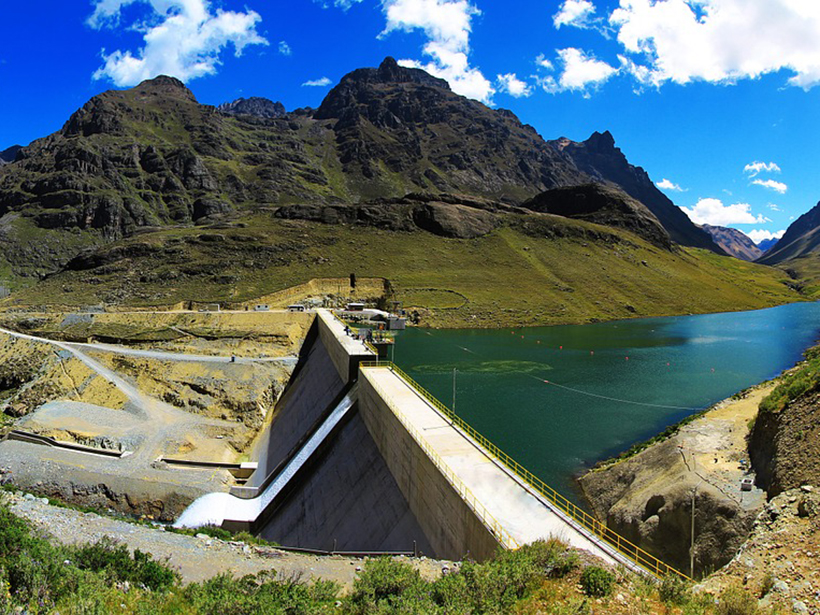Source: Geophysical Research Letters
The right balance of nutrients is crucial for a healthy coastal ecosystem. If rivers deposit too much nitrogen and phosphorus in coastal areas, algae that flourish on those nutrients can cause dead zones; if too little silicon flows downstream, organisms that depend on it will die off. Human interventions, whether through the addition of nutrients or through direct alteration of river flows, tend to upset natural nutrient balances. In a new study, Maavara et al. modeled how dams affect ratios of nitrogen, phosphorus, and silicon in coastal waters around the world.
The researchers found that dams withhold algae-fertilizing nutrients at different rates. For example, nitrogen-to-phosphorus ratios in river water reaching the ocean tend to increase because dam reservoirs remove phosphorus more efficiently. However, if human-generated nitrogen emissions are better controlled in coming years, this trend will reverse, and more phosphorus will flow to the coasts instead, according to the team’s models.
Over time, changes in land use and dam construction may lead to shortages of silicon in discharged water. By 2030, dams could interrupt up to 93% of Earth’s river systems, and most new dams will be hydroelectric dams. Rather than holding back large volumes of water, these dams capture energy as water flows through them. With the long water storage periods of older dams, phosphorus is removed more efficiently than nitrogen or silicon is. However, with shorter flow delays, more silicon is lost, meaning that water reaching the coasts has less silicon relative to nitrogen and phosphorus.
Marine diatoms, which depend on silicon, are responsible for up to 40% of primary production in oceans. When fewer diatoms occupy coastal regions because of silicon shortages, other algae species take up available nutrients and can cause toxic algal blooms.
The models predict substantial changes in river-borne nutrient loads in the coming decades, including increasing silicon limitation, in areas where dam building is progressing quickly, such as Southeast Asia, South America, and parts of Africa. But nutrient ratios and how they will change ultimately depend on land use around rivers. The researchers noted that as the effects of dams vary by nutrient and over time, more detailed models are needed to further explore future nutrient relationships along coasts. (Geophysical Research Letters, https://doi.org/10.1029/2020GL088288, 2020)
—Elizabeth Thompson, Science Writer
Citation:
Thompson, E. (2020), Dams alter nutrient flows to coasts, Eos, 101, https://doi.org/10.1029/2020EO148986. Published on 15 September 2020.
Text © 2020. AGU. CC BY-NC-ND 3.0
Except where otherwise noted, images are subject to copyright. Any reuse without express permission from the copyright owner is prohibited.
Text © 2020. AGU. CC BY-NC-ND 3.0
Except where otherwise noted, images are subject to copyright. Any reuse without express permission from the copyright owner is prohibited.

